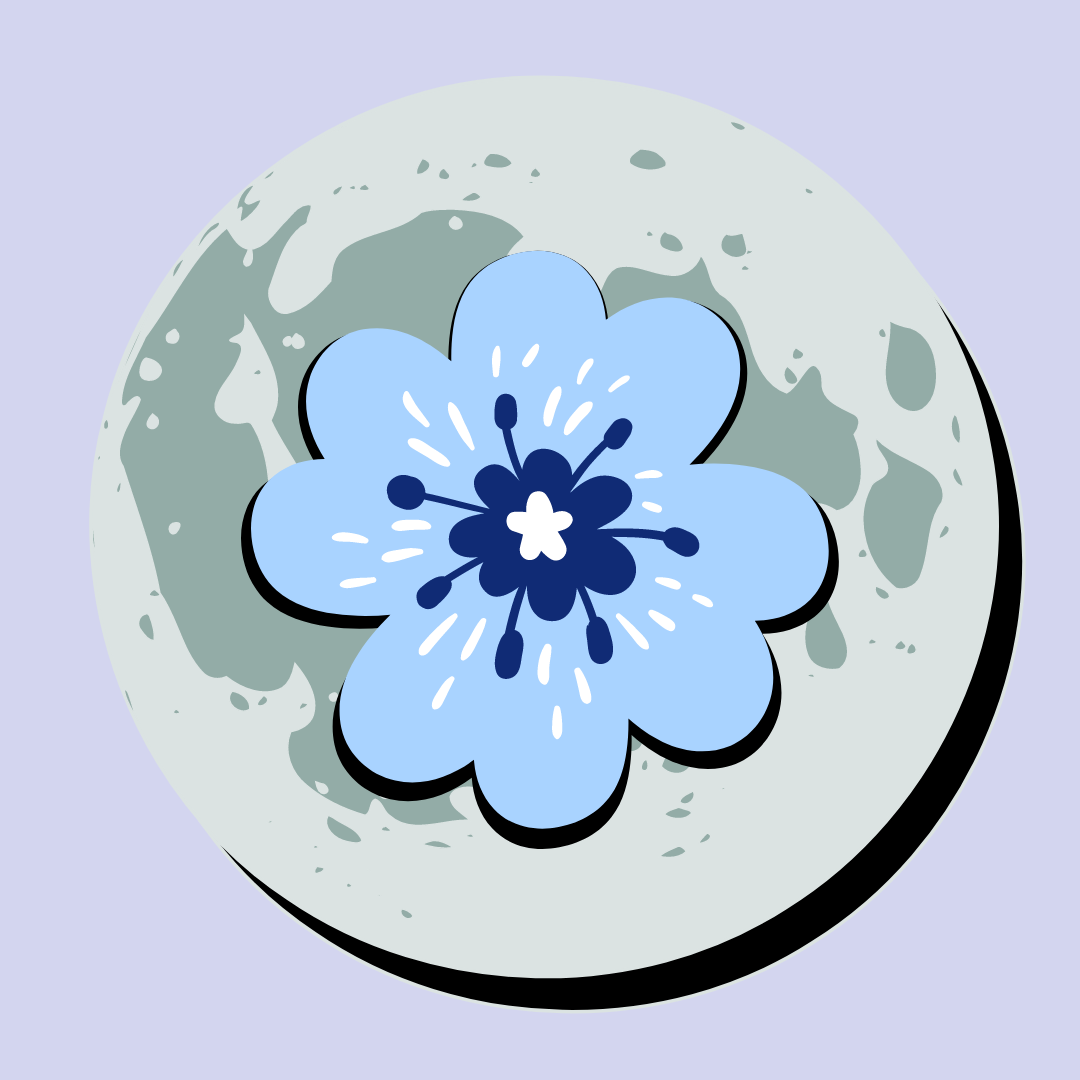Elves are a species of lithe and magically adept creatures. Their skill in magic comes from the fact that they have one of the Six Magic Genes in their population's gene pool.
Appearance
General Appearance
Elves appear to be lithe, gangly humanoids with pointed and tapered ears that range from only slightly longer than a Human's ears to ears that are nearly a foot long. Elves have smaller builds than Humans to a degree that they appear fragile in comparison.
Elves, having much smaller builds than Humans in almost every way, also have narrower skulls. This causes their eyes to appear too close together and their foreheads to appear too tall for Human standards. Elf bones tend to be thinner than Human bones, but are slightly denser.
Coloration
Elves tend to have pale skin that is similar in color to a Human's lightest possible skin tone. This paleness is due to the genetic ancestors of the elves (as well as the genetic ancestors of Gnomes and Giants) having lived in the far north of Ithan.
Blonde hair is the most common hair color among elves, with brown hair being not far behind. Black hair is the third most common hair color, and red hair is the rarest of the four possible colors. Elf hair does not lose its color with age.
Elves can have eyes of any color, although eyes of a violet or pink hue are extrodinarily rare.
Diet
Elves are omnivorous, with the ability to eat animal matter, plant matter, and fungal matter. Despite their ability to eat all three of the above, their diets are much narrower than a Human's diet. This is due in part to elves being unable to consume capsaicin, as it is a deadly poison to their bodies.
Elves have a very small possibility of being lactose intolerant in comparison to Humans. Their diets are composed of a large amount of dairy products in comparison to the diets of Humans.
Biological Cycle
Elves have a biological cycle that is only slightly slower than that of Humans.
Pregnancy and Birth
An elf's gestation period is 287 days long on average, and 99.1% of all successful elven pregnancies only produce 1 offspring. The 0.9% of successful elven pregnancies not accounted for in that number produce 2 offspring.
Adolescence
Elves remain in an adolescent phase of rapid growth for roughly 16 years for female elves and 18 years for male elves.
Adulthood
Elves reach sexual maturity at 16 years old if female and 18 years old if male, but they are not considered adults until their 20th year according to Elven Law. Elves remain in their adult phase of life for roughly 375 years.
Aging
Elves are considered elderly by Elven Law once their 395th year has been reached. Elderly elves do not lose their hair color as they age, but they do develop wrinkles and their ears begin to widen slowly. In the case of male elves, they lose their reproductive capabilities around age 395 and they begin to develop facial hair. In the case of female elves, facial hair development is far less pronounced, and their reproductive capabilities have already been lost for roughly 95 years, as female elves do tend to enter menopause at roughly 300 years of age.
Population
Ithan is home to roughly 58,000,000 Elves. This is 11.6% of Ithan's current 500,000,000 population of sapient beings.
Female elves make up roughly 52% of the population of elves in Ithan, and male elves make up roughly 48% of the population. This slight difference is because female elves are slightly more likely to survive birth. The reason behind this phenomenon is unknown.





so you describe their ears as pointed but pointy ears could mean a lot of different shapes, are they just the point stretched backwards like World of Warcraft elves, or are they maybe larger and bat-ish. you could easily break down the physical description sentence into a description of each element mentioned. they are lithe but how much so compared to humans, use comparisons of stuff like how thick their wrists are compared to a humans, or shoulder width, are their heads also smaller to match the lithe frame? obviously this is different species so how do they vary from humans, are their skull features similar to humans or do they have more angular features. What about ranges of skin tones? do they follow similar ones to humans or are they purple? is the magical adeptness something biological in nature or a purely cultural predilection towards magic. how exactly does hair color corelate to their magical strength? do they have other strong colors for magic? why is black hair less magical? this is a species article yet the hair section is mostly about cultural things which makes them feel sort of planet of hats, aka a species with a mono-culture which is just very unlikely. What about their diets? Are they Omnivores, Carnivores, or herbivore? if they are Omnivores do they have any peculiarities with their diets that is different than humans, goats are omnivores and they can eat a whole lot more than humans.
As for the mono-culture thing, I'm in the building phase which means I'm including any info on the 3 main ethnicities as well. Just letting you know